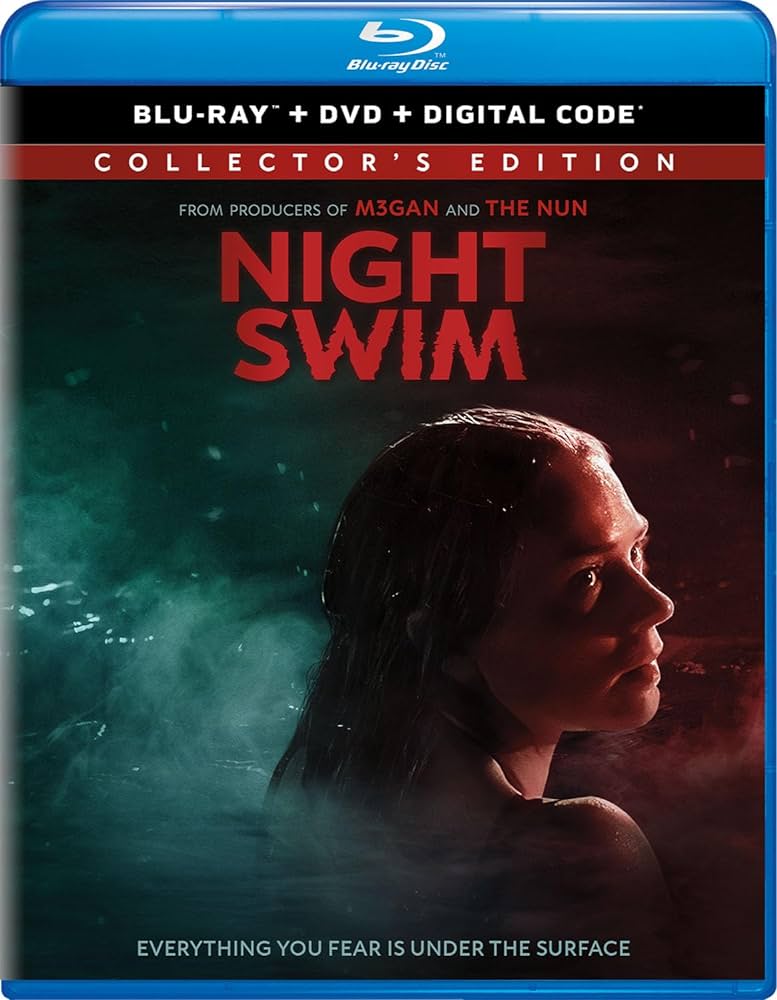- ATLAS
- Starring: Jennifer Lopez, Simu Liu
- Directed by: Brad Peyton
- Rating: PG-13
- Running Time: 1 hr 58 mins
- Netflix
It used to be a parade of various alien invaders from which humanity was always trying to avoid annihilation. While that concept still seems to be a popular one, it has had an increasing amount of competition from the world of artificial intelligence, whose roots go back to “Terminator”. The newest addition into this foray of the potential eradication of the human species is the Jennifer Lopez vehicle, “Atlas.” With a decent storyline, credible special effects, and a couple of talented supporting cast members, “Atlas” comes close to being a watchable science fiction film. However, it is ruined in large part by Lopez’s over-the-top, melodramatic acting that ranges from being annoying to being laughable.
A brief set-up lets us know that in the future, an AI being named Harlan (played too stoically Simu Liu, “Shang-Chi and the Legend of the Ten Rings”) has decided that humanity needs to be cleansed and its survivors can then live in a paradise alongside other AI beings. (Sounds a little bit like Thanos.) After a failed AI rebellion leaves three million people dead, Harlan flees Earth aboard a fancy rocket ship.
Fast forward 28 years later when Atlas Shepherd (Jennifer Lopez), whose mother was a pioneering leader in AI technology until she was murdered by Harlan, is assigned to question an AI associate of Harlan’s. She learns Harlan’s off world location and begs to go on the combat mission to capture him. While the commanding officer, Gen. Jake Boothe (Mark Strong, “Sherlock Holmes”), is willing, the mission commander, Col. Elias Banks (Sterling K. Brown, “Black Panther”) is adamant against the idea. That is until he inexplicably changes his mind.
Atlas, who has no combat training and has a mistrust of all things AI, soon finds herself in the Andromeda Galaxy where a trap has been laid for the combat operation. She soon finds herself all alone having to rely on the very AI that she is so mistrustful of. All the while, Harlan, who has known Atlas since she was a little girl, is determined to capture her for intel that she has in her head so he can return to Earth.
Directed by Brad Peyton (“San Andreas,” “Rampage”), “Atlas” probes the potential dangers of AI in an interesting way while also displaying its potential benefits, even if that is mostly military related. The special effects are entertaining enough, but at times it feels like a rip-off from “Avatar”. A big scientific plot hole is that the story doesn’t explain how a combat ship is able to travel from Earth to the Andromeda galaxy at the snap of a figure. This is a head scratcher considering that even at the speed of light it would take 2.5 million years to get there.
The real damage to “Atlas” comes from Lopez. It is impossible to take her seriously as her emotional range vacillates wildly as she does a copious amount of pouting, crying (without shedding tears), screaming, and yelling. She plays Atlas as so emotionally unstable that there is no believable way for her to be allowed to go on the mission. Of course, some of this can be blamed on Peyton who either couldn’t or wouldn’t try to reel her in.
Overall, AI needs to deem “Atlas” as unworthy and terminate the film with extreme prejudice.
“Atlas” receives one ★ out of five.















